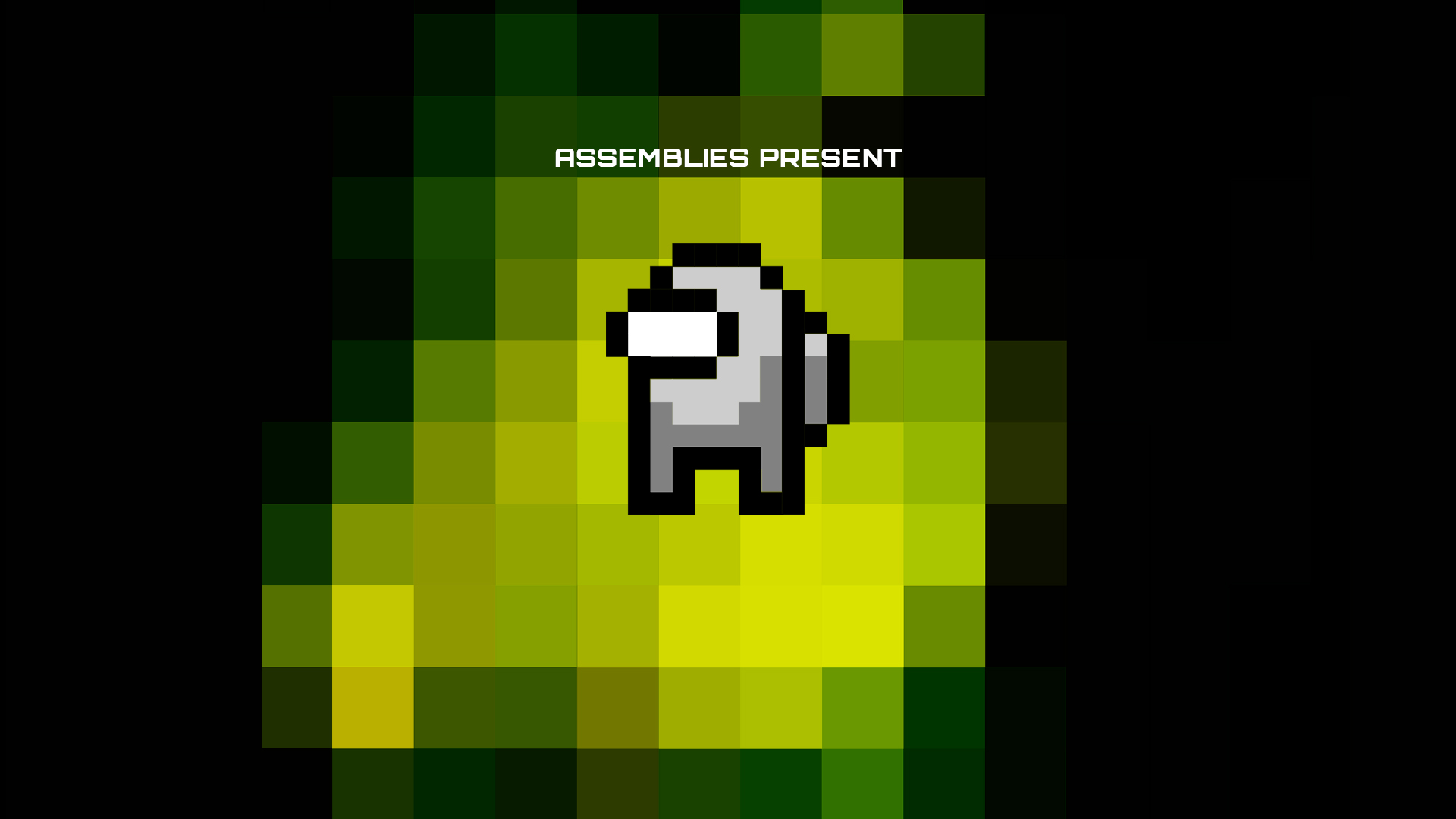Event start: 1 year, 1 month ago
Event Information

This talk gives a brief introduction to natural radioactivity and shows how a detector can be built from simple photodiodes. The electronics are easy to solder for beginners and provide a hands-on opportunity for entering the exciting world of modern particle physics with a practical DIY and citizen science approach.
Natural radioactivity surrounds us everywhere and is composed of different kinds of ionising radiation or subatomic particles. This talk presents a DIY particle detector based on low-cost silicon photodiodes and its relations to modern detectors like the ones developed at CERN.
The project is open hardware, easy to solder for beginners, and intended for citizen science & educational purposes. In contrast to simpler Geiger-Müller counters, this detector measures the energy of impinging particles and can distinguish in particular between alpha particles and electrons from beta decays. A cheap USB sound card or smartphone headset connection can be employed for recording the signals. Corresponding data analysis scripts written in python and related tools from particle physics research will be briefly discussed.
An introduction about terrestrial and cosmic sources of radioactivity will be given together with details on the interaction of ionising radiation in silicon. I will conclude with a discussion of interesting every-day objects that are worthwhile targets for investigation and show example measurements of characteristic alpha particle energy spectra - without using expensive vacuum equipment.
recommendations
No entries available.

